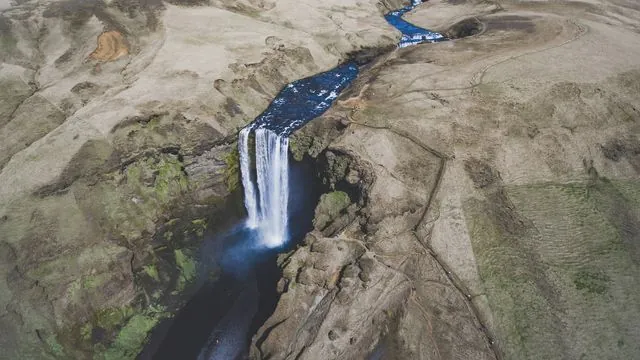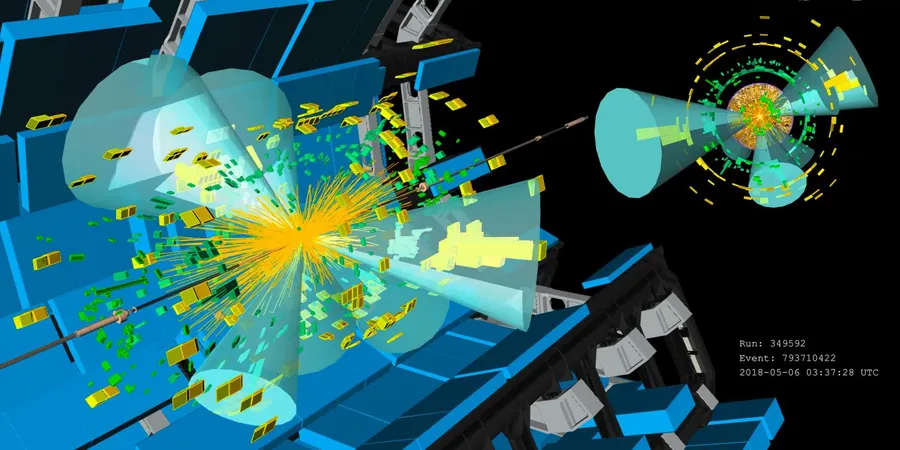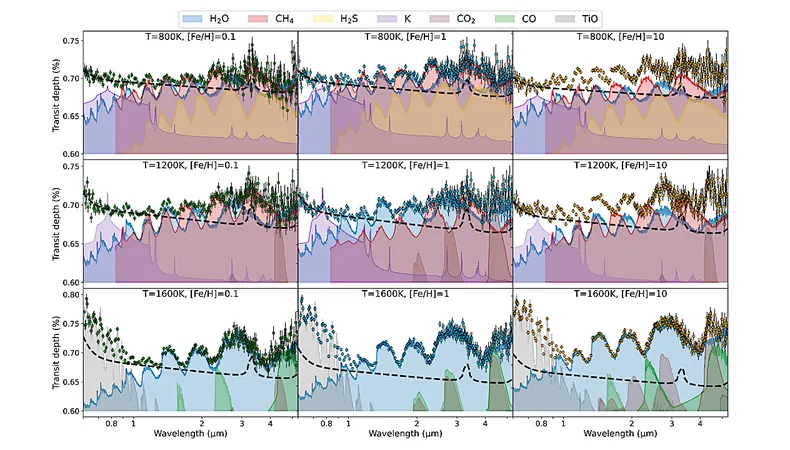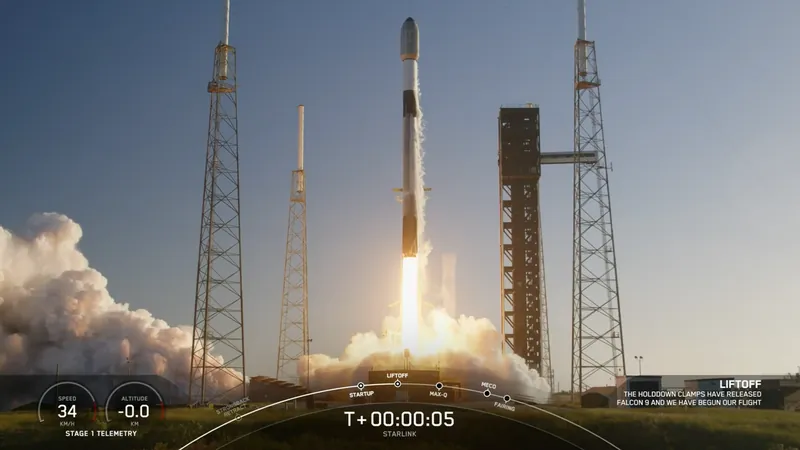
Shocking New Study Reveals Carbon Emissions from U.S. Lakes and Rivers May Be Overestimated by a Whopping 25%!
2024-11-05
Author: William
Recent groundbreaking research has unveiled that carbon emissions from lakes and rivers in the United States may have been significantly overestimated, potentially by as much as 25%. This eye-opening revelation comes from a detailed study led by researchers Winnick and his team, who re-assessed how carbon dioxide (CO2) moves through various water bodies.
The study emphasized that the turbulence of streams plays a key role in the rate at which they release CO2. “When you have a really turbulent stream, it’s going to de-gas a lot faster,” Winnick observed. He pointed out that small, headwater streams—including those found upstream—capture CO2 from groundwater more effectively than their downstream counterparts. As a result, this divergence in carbon dynamics means that conventional methods, which aggregate data from steep mountain streams and lower-slope areas, overlook critical data that could refine our understanding of carbon emissions.
In this innovative approach, researchers simulated the carbon movement in individual stream reaches, leading to more accurate emissions estimates. This model was previously tested on the East River watershed in Colorado, where it successfully highlighted inconsistencies in emissions figures.
Partnering with Colin Gleason, an esteemed professor of civil and environmental engineering, and Craig Brinkerhoff, a UMass doctoral student, the team extended their findings to an astonishing 22 million stream reaches across the U.S. Their revised calculations revealed total emissions of 120 million metric tons of carbon, contrasting sharply with the traditional aggregate estimate of 159 million metric tons. “As a result, the whole budget shifts because these mountain areas play a really strong role in CO2 emissions at the continental scale,” stated Winnick.
Such accurate estimations hold immense significance for carbon sequestration initiatives. Some projects aim to use calcium carbonate minerals to stabilize CO2 within streams. “To assess the effectiveness of these methods, understanding the amount of CO2 within these river systems is crucial,” Winnick stressed, noting the variability of CO2 concentrations over short distances. This knowledge can greatly enhance efforts to identify effective carbon sequestration sites.
Moreover, a prominent question persists: where does the CO2 in these water systems originate? Understanding whether it comes from groundwater or stream corridors is pivotal for predicting carbon emission responses to climate change. Different environments possess unique characteristics that influence how they react to alterations in temperature and precipitation.
Winnick favors the stream corridor theory, which includes water and near-stream sediments as primary CO2 sources, though he recognizes that debate remains in the field. “We hope this study will spur more efforts to get a more precise budget for where this CO2 is coming from,” he concluded.
As the conversation surrounding carbon emissions and climate change evolves, this new study could dramatically shift how scientists model and manage carbon dynamics in freshwater ecosystems, ultimately influencing global climate strategies. Stay tuned for more developments on this incredibly vital topic!









 Brasil (PT)
Brasil (PT)
 Canada (EN)
Canada (EN)
 Chile (ES)
Chile (ES)
 España (ES)
España (ES)
 France (FR)
France (FR)
 Hong Kong (EN)
Hong Kong (EN)
 Italia (IT)
Italia (IT)
 日本 (JA)
日本 (JA)
 Magyarország (HU)
Magyarország (HU)
 Norge (NO)
Norge (NO)
 Polska (PL)
Polska (PL)
 Schweiz (DE)
Schweiz (DE)
 Singapore (EN)
Singapore (EN)
 Sverige (SV)
Sverige (SV)
 Suomi (FI)
Suomi (FI)
 Türkiye (TR)
Türkiye (TR)